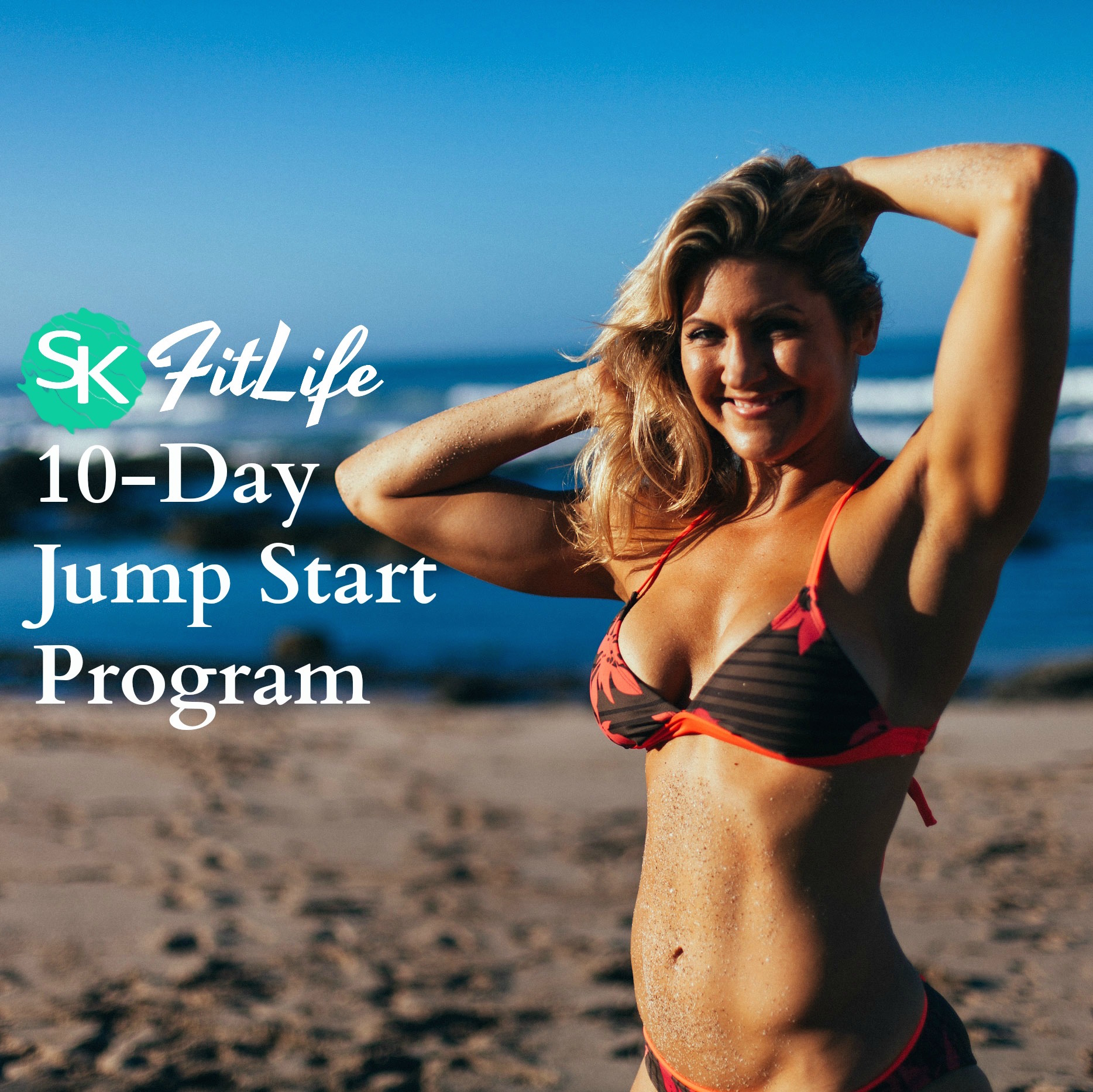Compression therapy has many uses in the medical industry, but it also recently became a more popular option in sports and athletic applications.

Improved Circulation
During exercise, circulation is critical. Since strenuous exercise can have an impact on circulation, taking steps to improve it while you exercise is important. Adding a compression garment helps the blood circulate better by providing manual tightening and loosening to the area affected by poor athletic circulation.
Since compression therapy can improve circulation, adding a garment like stockings can help improve your athletic performance since your body does not have to work as hard to push blood to different areas. It’s also a way for you to bring major improvements to your blood flow outside of athletic situations. Choosing the appropriate type of compression garment for your athletic needs will allow you to have better circulation while avoiding issues that might be present with stronger types of compression garments.
By improving your circulation, you can help maintain a healthy pace and steady rhythm while exercising. Improved circulation may also lead to fewer muscle cramps and overall fatigue while you are doing aerobic exercises.
Decreased Pain
If you have pain from ailments such as shin splints or muscle cramps while you are exercising, compression therapy can be beneficial. It can help decrease your pain by reducing the swelling that sometimes occurs. The swelling can create pressure on your nerves and, in turn, may cause your muscles to work double time. Using a compression garment while you exercise can help reduce swelling and decrease the pressure or pain in your muscles as a result. While it may not completely eliminate the pain caused by exercising, it can greatly reduce the problems associated with it.
Much like taping for pain, compression therapy is an unaggressive approach to some of the major problems athletes face. Compression garments do not require a lot of extra work or therapy to be effective. Aside from being fitted for the compression socks and choosing the right amount of pressure that they provide, athletes do not have to put much effort into the process of adding compression garments to their athletic routine. There may be some trial and error when it comes to finding the right pressure, but most garments are affordable enough that athletes can try and compare different options without creating a large financial burden as they would with some other forms of therapy.
While the jury is still out on exactly how much athletic performance can improve with compression garments, it’s clear that compression therapy does help improve different types of athletic performance overall. Perhaps one of the most common athletic activities that can be improved through compression therapy is aerobic exercise. Athletic performance in areas such as running, walking, and other forms of aerobics seems to benefit from having compression therapy added into the mix. This could be a result of increased blood flow and circulation or simply the reduced fatigue that comes from wearing compression garments.
Better Athletic Performance
When adding a garment such as compression stockings, athletes may perform better with knee-high options. These are able to target the areas of the leg that get the least attention during exercise and may be able to provide the biggest amount of improvement to overall athletic performance. While there may be some benefits associated with adding a thigh-high compression garment, these pieces also risk getting in the way of certain aerobic exercises. Typically, knee-highs provide the perfect amount of support without hindering any range of motion.
Muscle Recovery Post-Exercise
One of the most important components of any exercise routine is the recovery period. Athletes who wear compression garments or use some type of compression therapy during exercise may have a faster recovery period post-exercise. Since blood flow is increased during the activity itself, the body does not have to work as hard to recover afterward. Depending on which muscles compression therapy targets, you may be able to see faster recovery times after strength-building exercises as well.
Adding compression therapy has a big impact on your body post-exercise. Since it creates faster recovery times, you may be able to train harder and work out more than you would without the compression therapy. You may also find it easier to reach your full potential during each exercise session since you are not still recovering from the last exercise. Thanks to the increase in blood flow, you may be able to see better results after every workout.
Another important benefit of reduced recovery times is the compression garment’s ability to reduce your downtime. Since you will not have to spend as much time in recovery, you may be able to focus more on training and other areas of your life that could have been negatively impacted by long recovery times.
Reduction in Soreness
When it comes to aerobic exercise, it’s clear that using a compression garment is an ideal way to improve athletic performance. However, there are also many additional therapeutic benefits of incorporating compression garments into an athletic routine. They can reduce the overall soreness that comes from exercising and may even be as beneficial to athletes as more traditional therapeutic exercise options.
Similar to therapeutic exercises, compression therapy may be unable to completely rid you of pain after athletic endeavors or exercise routines. However, it can reduce the amount of pain that you feel from sore muscles, especially after high-impact workouts.
Compression therapy works like many other types of therapy and is just one more step you can take to improve your athletic performance, recovery times, and recovery experience.

____________________________________________________

Author Bio: Tess is a writer and former personal trainer. She has a passion for yoga and often writes about health, wellness, and travel, but also enjoys covering the fashion industry and getting insight on the latest trends.


